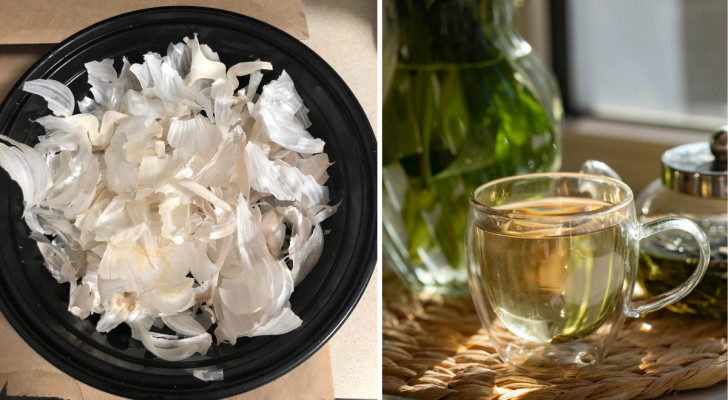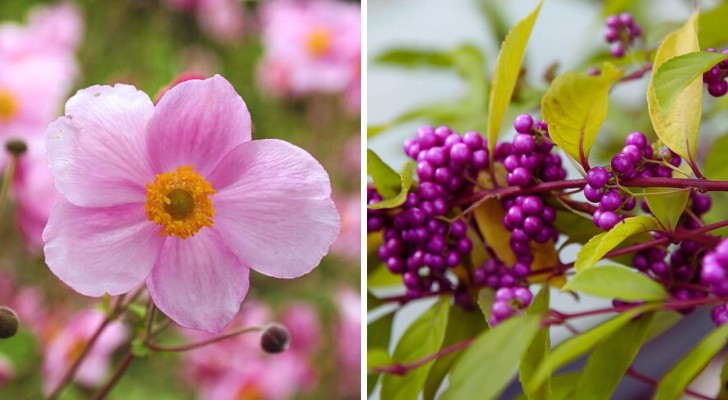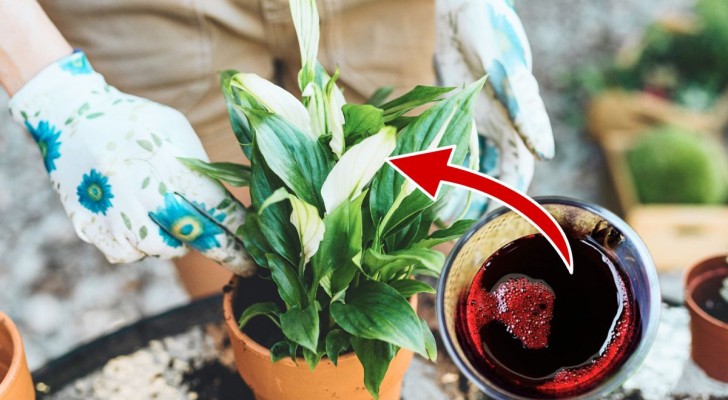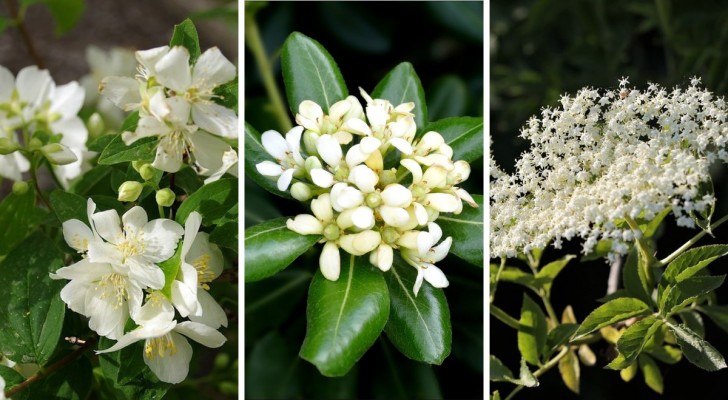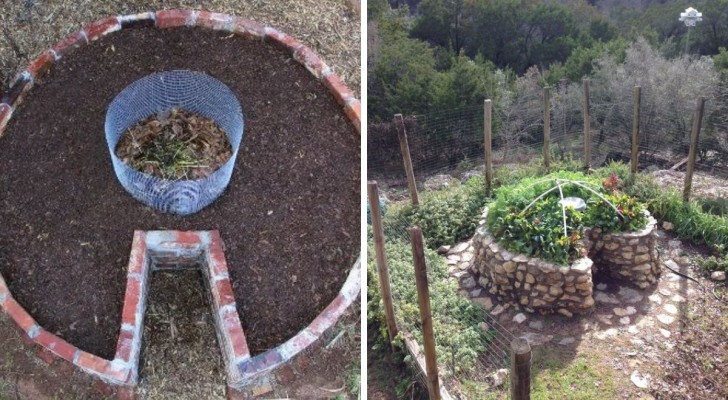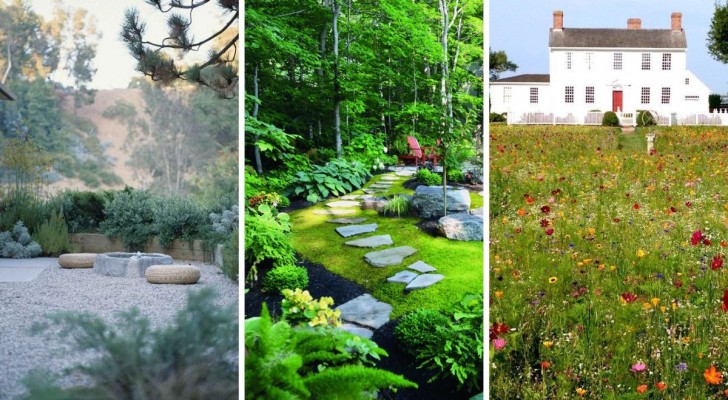The fashion of the "wild" garden: all the tips for creating an authentic corner of nature in your home
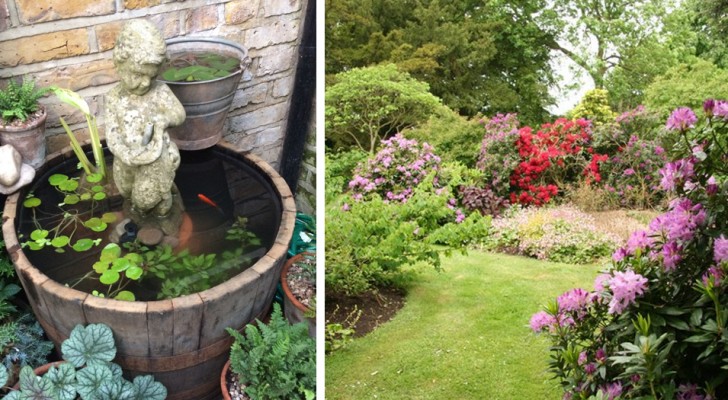
Planting wildflowers in the garden: among lovers of greenery, the choice of returning to surround themselves with the splendour of spontaneous nature is increasingly popular. Although in fact many still love the idea of short-cut lawns as real golf carpets and flower beds with attention to the smallest details where the human footprint has eliminated any semblance of spontaneous nature, a trend of care is also able to make its way more and more. of the exact opposite green, the so-called “non-gardening”.
In fact, this is how we can translate the expression that has emerged in the most recent English, "ungardening", or the choice of "avoiding toxic pesticides or the sterile pavement of a patio to create gardens that encourage wild nature to thrive and flourish". It is not a simple abandonment of the garden to itself, but of a process that we could call renaturalisation, which in the United States and Europe continues to win more and more green thumbs eager to use their skills to counteract environmental decline and foment the growth of endemic species.
If you too want a garden that looks like a corner of unspoiled nature, you can put into practice a series of useful tips that will help you convert your green spaces into real oases in full harmony with the surrounding environment.
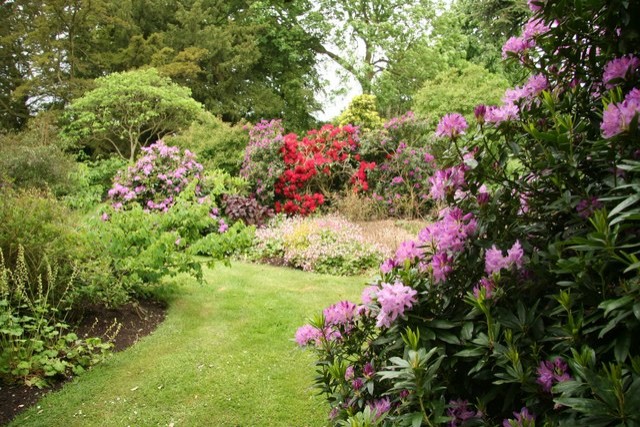
Richard Croft / The wild garden
Refuse pesticides: better leave it to nature
As wild garden expert Jenny Steel explained a few years ago, "Gardening organically is incredibly important." Pesticides are used to kill a variety of insects and animals that threaten the beauty of our plants, whatever they are. However, in doing so they also eliminate an important source of food for many other useful species, especially for birds that feed on small invertebrates.
So you must always give ecological remedies against various insects and parasites a chance. For example, in the case of snails, beer can be used. Pour some into a small container placed on the ground, it will attract snails, which you can then move elsewhere.
For those wishing to get rid of the aphids that attack roses, you can make sure to attract their natural predators, such as blue tit, by hanging a bird feeder right next to the rose bushes, so that they are attracted to the food and come to eat. . And even with do-it-yourself or creative recycling you can build lots of birdhouses and bird feeders that decorate the garden in a truly enchanting way. In short, let nature work for you, since "there is always something you eat something else".
And if you need to use some sprays for topical applications, you can try garlic in whose bulbs there is an amino acid that converts to allicin once the bulbs themselves are cut, crushed or chopped, and it is this principle that works by insect repellent. It is a very cheap and natural remedy, which then also has the additional advantage of losing the unpleasant smell after a few minutes, for us humans, while it remains effective for much longer for insects. Some treatments that are made for plants, in fact, manage to last for a couple of weeks and sometimes they are able to repel insects even for a month. Furthermore, it is a remedy that is not harmful to the environment, and that does not drive away useful insects, like all pollinators.
In the case of light or preventive treatments, use 6 cloves of garlic and 3.5 liters of water, instead for a more immediate preparation you can add more garlic and decrease the water, even reaching a highly concentrated mixture made of 2 whole bulbs of garlic and half a cup of water. You can also add chili powder, or a hot pepper sauce. To prepare the spray, simply crush the garlic, put it in a bowl, cover it with boiling water and let it rest overnight. Then strain and pour into a spray bottle.
You can also help preventively by planting varieties that help keep various types of insects away, such as bay leaf, which contains eucalyptol, a natural repellent in the leaves; catnip, hated by beetles and ants but loved by bees and butterflies; pyrethrum, which looks like a large daisy and contains pyrethrin, a substance which is also disliked by insects and is even used industrially in the production of repellents. Again, you could plant chrysanthemums, lemongrass or Moro degli Osagi.
Create even a very small pond
The key to a healthy ecosystem is biodiversity, and our gardens can promote it too. There are many animals that benefit from the presence of a body of water: the birds that eat insects need water to drink and keep the plumage clean, many small useful mammals can drink, and a small marshy area like a small pond can favor the appearance of dragonflies and frogs.
It doesn't mean having to create an artificial pond, but also using tubs or DIY solutions for mini ponds (even old metal vats, for example) or tiny water gardens. Those who do not have space or are afraid for the safety of children, can also think only of tubs of water for the birds.

Beverley Harverson / pinterest
Don't exterminate all insects
They are certainly one of the most annoying and least appreciated categories of animals, yet insects are really essential for the health of the environment. For some years, just to encourage the presence of insects in the gardens, someone has installed the so-called "bug hotels", or wooden houses that should host ladybugs, bees, butterflies and many other less attractive relatives. but useful. According to Steel, however, going to buy ready-made and perhaps highly processed ones is a bit of a waste of time and money, especially when natural and effective solutions can be easily created by hand. So choose a slightly protected space in the garden, such as under a shrub, and stack some wet twigs, bark or pieces of wood. It is an ideal place for beetles and other invertebrates to make their own homes.
The lawn: cut or not?
It is true that letting the lawn grow, so as to allow all the plants that compose it to develop and flourish, can help create an ideal habitat for wildlife, but if you have an artificially seeded or installed lawn, then let it grow more than usually before cutting it doesn't really help. In fact, all over the world, most of the lawns planted after 1950 are based on ryegrass, a resistant and long-lived plant, which however is not very friendly to wild nature.
If, on the other hand, you want to create a corner of the countryside, the best thing is to leave that part of the garden immune to the lawn mower, but also to hoe it a little and sow other types of grass and wild flowers that adapt to the soil. And then, unfortunately, it will always be necessary to eradicate the various weed plants, such as nettles (which, however, can be easily converted into an excellent fertilizer for plants and gardens), parietaria and many others. It is therefore worthwhile to find out which types of herbs are endemic to the area we live in: perhaps lamium and other varieties that produce flowers useful for pollinating insects would grow in our lawn, and those should be left alone.
Plant species that animals can eat
What we let grow in our gardens and terraces is important. A very economical choice, very easy to care for and good for the environment is marjoram, which is liked by insects and we can use it in the kitchen. The same goes for lavender, which is very fragrant and we can also use it to scent wardrobes; borage, an aromatic herb from the Mediterranean, which also grows in the undergrowth or even on the sides of roads, and produces large, fluffy leaves, excellent for cooking; marigolds, which are very generous and just a few plants are enough to be able to have new colorful flowers sprouting almost everywhere; and anyone should find a place for some kind of buddleia: they are ideal for butterflies and produce lots of pollen and nectar for bees and moths. Some strains, however, are very invasive, so their multiplication must be kept at bay.
Education is essential: look for information
The best way to create an eco-friendly garden is to get informed. There are many books on endemic plants and animals of each area or country, and before that - just to whet our curiosity in an immediate and easy way - there are many groups on Facebook, as well as colorful accounts on Instagram, where you can find communities of people who are eager to disseminate information about countless plants. But once someone has helped us to identify a plant or has provided us with details on some species, it is always good to ascertain the veracity of what is known, and at that moment books and experts will help.
Nowadays there are more and more specialized nurseries that have an online presence, and the owners are often willing to chat even on social networks with anyone who wants to get information.
“The more you discover about the nature that you can host in your garden, the more you will be fascinated. Because it's really wonderful to go out into the garden in the morning and find out what we can find there ”.
Who wants to try to put these tips into practice?
